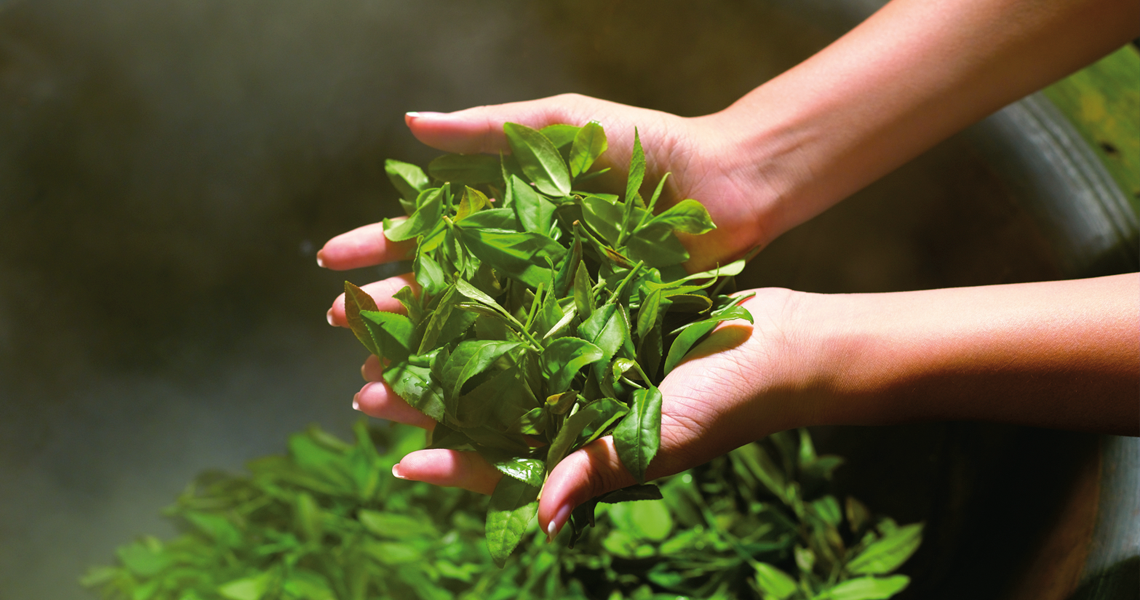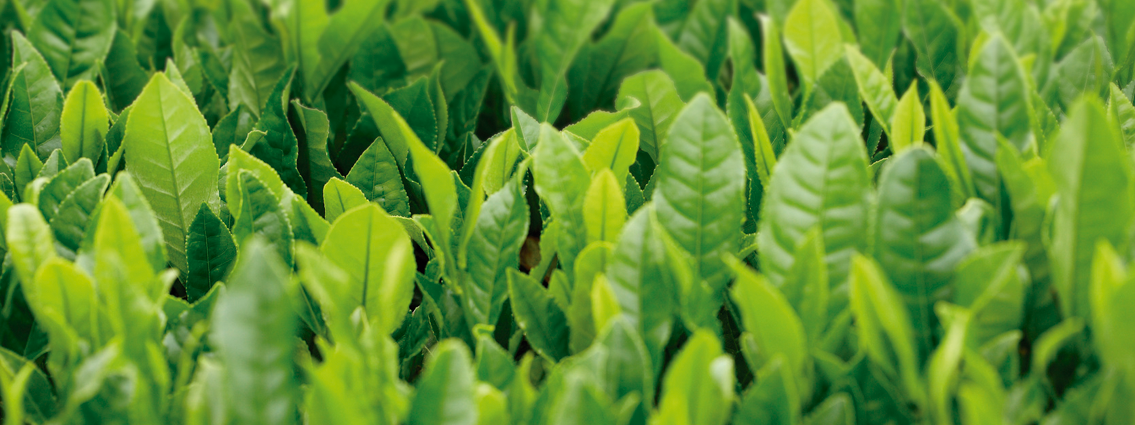Metabolic syndrome is a group of health problems that constitute “risk factors” for developing heart disease and/or type 2 diabetes (which occurs not because of a lack of insulin secretion but because of the bodys resistance to its action).
The main risk factors for developing metabolic syndrome are: high blood pressure, high blood glucose, high levels of blood fat (total cholesterol, LDL cholesterol - “bad” cholesterol - and/or triglycerides), low blood levels of HDL (“good” cholesterol), obesity and excess fat around the waist, which can occur even in people who are not overweight. Metabolic syndrome as such is preceded by what is called premorbid metabolic syndrome (PMS), which corresponds to those people who, with risk factors, have not yet developed cardiovascular disease or diabetes. The main problem is that many people are at risk without knowing it because, at the beginning, mild hypertension or increased levels of sugar or fat in the blood do not give symptoms that the patient can perceive. For this reason, it is important to carry out periodic checks to establish the risk early.
It is estimated that in Spain more than 30% of adults suffer from metabolic syndrome. Of these, 16.9% suffer from premorbid metabolic syndrome and 22.7% have clear metabolic syndrome. It affects more men up to the age of 65, but after menopause, women, due to estrogen deficiency, are unprotected and reach the same level of risk as men. Even after age 65, the increased risk of suffering from coronary heart disease is greater
.
The most common causes are those that correspond to the development of different risk factors, which are mainly: an inadequate diet (rich in rapidly absorbed fats and sugars, such as pastries), sedentary lifestyle (lack of regular exercise), genetics (some people have an inherited tendency such as people with hypercholesterolemia or family diabetes, etc.) and a stressed lifestyle.
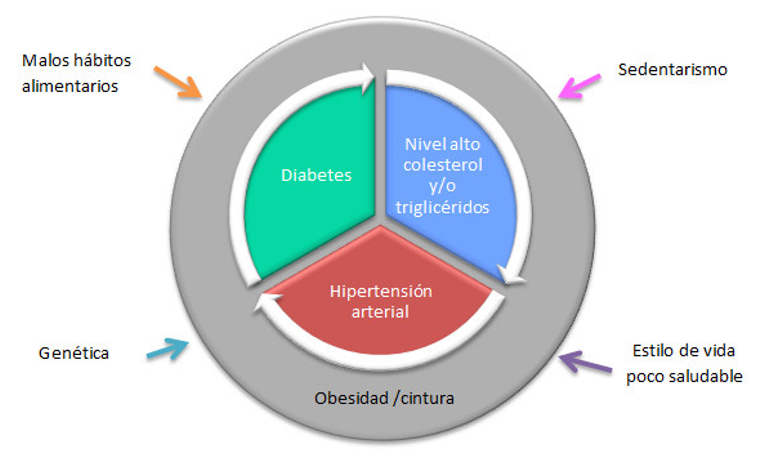
Prevention is a fundamental key to avoiding its manifestation and for this it is essential to lead a healthy lifestyle based on a balanced diet and regular physical activity. One of the parameters that have the greatest impact on cardiovascular risk is abdominal obesity. In fact, in people whose body mass index indicates that they are at a normal weight, a waist circumference above 95 in men and 82 in women, increases cardiovascular risk. An increased waist circumference can increase the risk of a heart attack by 4
.
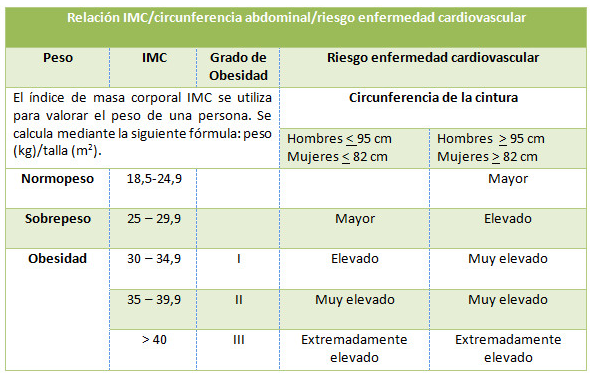
In strategies to avoid overweight and abdominal obesity, some plant extracts and other natural substances have been shown to be useful in improving or preventing MS, always, of course, in the context of an essential healthy lifestyle, with a balanced diet and regular exercise.
Green tea
The green tea infusion made from the leaves of the Camellia sinensis plant is considered to be the most consumed beverage in the world. Native to China, the tea plant is cultivated in more than 30 countries. Green tea leaves contain a series of substances with a polyphenolic chemical structure known as catechins, including epigallocatechin gallate (EGCG). This compound has a powerful antioxidant action and has also been demonstrated in several studies that its consumption, associated with an adequate diet and exercise, has been linked to a lower risk of developing cardiovascular diseases by helping to improve blood cholesterol levels and that its consumption during diets to reduce overweight improves the results obtained with diet alone both in weight loss and in reducing waist circumference.
Licorice
A certain licorice root extract (Glycyrrizha glabra) is also rich in polyphenolic substances. Recently, a registered licorice root extract (Glavonoid®), with which several studies have been carried out, has been included by the European Food Safety Agency (EFSA) as an ingredient for “new foods” and food supplements. This extract is rich in polyphenolic substances and has been proposed and accepted as an ingredient to supplement the diet of obese patients. The dietary effect of licorice flavonoids had already been observed in mice and humans, but until now the main source of licorice came in the form of candy, increasing calories and reducing potential weight control benefits. This extract provides a concentration of licorice flavonoids in calorie-free form and is therefore a suitable vehicle for supplying these polyphenols in the diet. The results of the studies show that it can help reduce the accumulation of abdominal fat, which is encouraging and, although more studies are needed, it points to its usefulness in people at risk of metabolic syndrome
.
Other dietary supplements useful for the prevention and control of metabolic syndrome risk factors.
Two dietary supplements stand out in helping diet and exercise to keep blood lipids (cholesterol and triglycerides) under control. Krill oil and red rice yeast
.
Krill oil. Krill oil (an Antarctic crustacean similar to a shrimp that feeds on algae microplankton), when it is of good quality, provides omega-3 fatty acids in the form of phospholipids, with better absorption and utilization than those that come from fish oil. A differential fact is that krill oil not only lowers triglycerides but also has an interesting effect on HDL (“good” cholesterol) and LDL (“bad” cholesterol), increasing HDL and decreasing LDL. The effect on HDL is not seen with fish oil supplementation, as has been demonstrated in different studies. 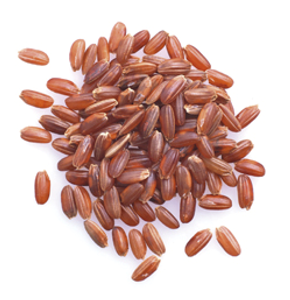 The hypothesis being considered to justify why krill oil has this effect on HDL could be its astaxanthin content, which is a very powerful antioxidant, although it is important to say that astaxanthin is only kept in krill oil when it has been deep-frozen at the time of fishing and is extracted cold with procedures. suitable.
The hypothesis being considered to justify why krill oil has this effect on HDL could be its astaxanthin content, which is a very powerful antioxidant, although it is important to say that astaxanthin is only kept in krill oil when it has been deep-frozen at the time of fishing and is extracted cold with procedures. suitable.
Red rice yeast. Red rice yeast is a yeast that ferments rice and that in Japan and other Asian countries has been used for centuries as food, as a traditional medicine, and even for the manufacture of wines and liqueurs. This yeast contains substances called monacolins that are natural precursors of the drug lovastatin, a statin used to lower cholesterol. Red rice yeast also contains other substances called flavonoids that have a very beneficial, anti-inflammatory and antioxidant action. In this yeast it is the combination and synergy of its components that is effective in helping to lower cholesterol levels. The European Food Safety Agency (EFSA) has reported that red rice yeast, in combination with an adequate diet and a heart-healthy lifestyle, could be a good complementary aid to maintain cholesterol levels in people with slightly elevated levels of total and LDL cholesterol and also, under medical supervision, in those for whom statins are not indicated due to
possible intolerance or side effects.
Professor Mª José Alonso Osorio

- Graduated in Pharmacy from the University of Barcelona.
- Graduated in Phytotherapy from the University of Montpellier.
- Specialist in Galenic and Industrial Pharmacy.
- Technical Director and responsible for product development in the Pharmaceutical Industry (1972 to 1985).
- Community pharmacist (from 1985 to 2004 as owner and co-owner, since 2010 as a part-time substitute).
- Professor and tutor in Master and Postgraduate Phytotherapy UB - IL3 (University of Barcelona)
- Collaborating professor in the Masters Degree in Nutrition and Health, UOC (Open University of Catalonia)
- Member of the Governing Board of the Spanish Phytotherapy Society.
- Member of the Scientific Committee of INFITO (Center for Research on Phytotherapy).
- Member of the AEEM (Spanish Association for the Study of Menopause)
- Corresponding academic of the Royal Academy of Pharmacy of Catalonia.
All rights reserved ©. The reproduction, partial or total, of the content in any form is prohibited without the prior written consent of Cien Por Cien Natural SL. If you want to share the information, reproduction is allowed by citing Cien Por Cien Natural SL or using the link on their website. Cien Por Cien Natural SL is not responsible for misuse of the content of the article
.




